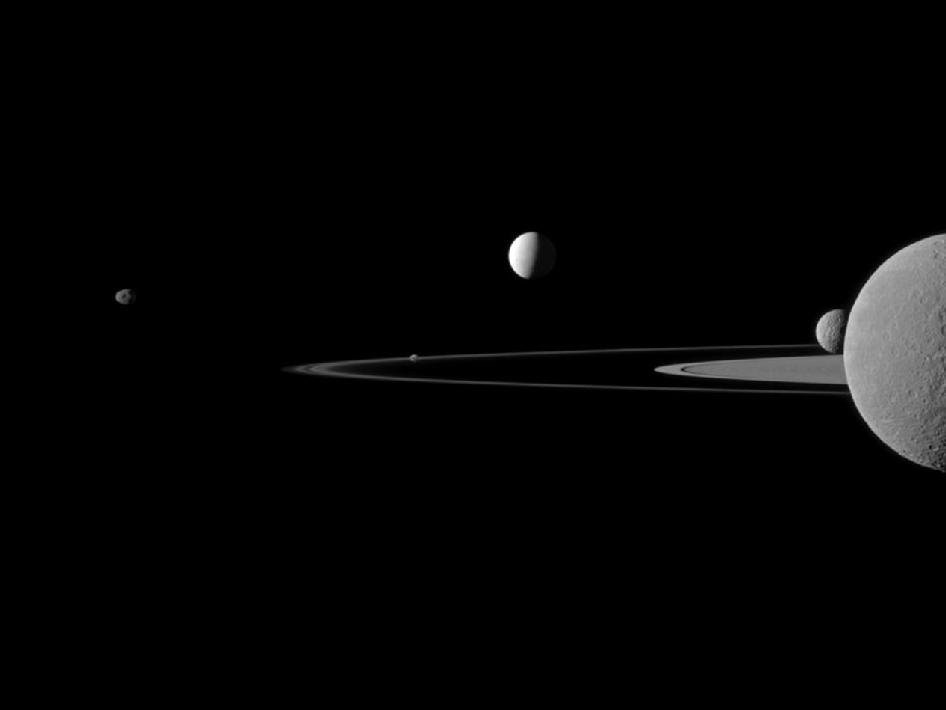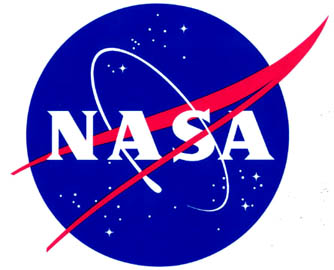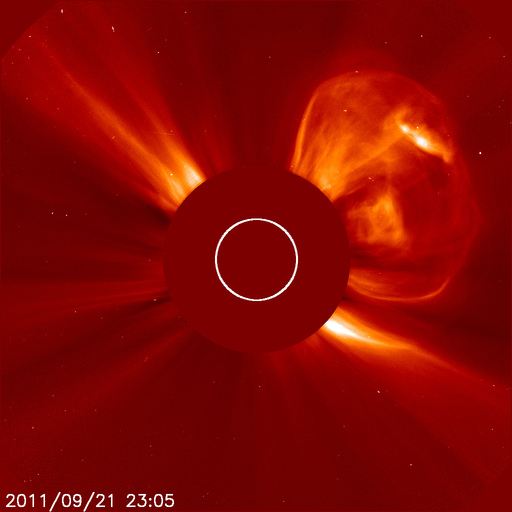A quintet of Saturn's moons come together in the Cassini spacecraft's field of view for this portrait. Photo:NASA/JPL-Caltech/Space Science Institute.Cassini Spacecraft Captures Saturn Moon Quintet
With the artistry of a magazine cover shoot, NASA's Cassini spacecraft captured the above portrait of five of Saturn's moons poised along the planet's rings.
From left to right in the photo above are Janus, Pandora, Enceladus, Mimas and finally Rhea, bisected by the right side of the frame. The view was acquired at a distance of approximately 684,000 miles (1.1 million kilometers) from Rhea and 1.1 million miles (1.8 million kilometers) from Enceladus. This view looks toward the northern, sunlit side of the rings from just above the ringplane.
The image was taken in visible green light with the Cassini spacecraft narrow-angle camera on July 29, 2011. Image scale is about four miles (seven kilometers) per pixel on Rhea and seven miles (11 kilometers) per pixel on Enceladus.
The Cassini-Huygens mission is a cooperative project of NASA, the European Space Agency and the Italian Space Agency. The Jet Propulsion Laboratory, a division of the California Institute of Technology in Pasadena, manages the mission for NASA's Science Mission Directorate, Washington.
The Cassini orbiter and its two onboard cameras were designed, developed and assembled at JPL. The Cassini-Huygens mission is a cooperative project of NASA, the European Space Agency and the Italian Space Agency. The Jet Propulsion Laboratory, a division of the California Institute of Technology in Pasadena, manages the mission for NASA's Science Mission Directorate, Washington, D.C. The Cassini orbiter and its two onboard cameras were designed, developed and assembled at JPL. The imaging operations center is based at the Space Science Institute in Boulder, Colo. The imaging operations center is based at the Space Science Institute in Boulder, Colo.
For more information, visit NASA.com
***
A Major X-Flare
Earth-orbiting satellites have detected a long-duration X1.4-class solar fare coming from a new sunspot on the sun's eastern limb. The blast, which peaked at 1100 UT, produced a significant CME, but the cloud is not Earth-directedAn active region is rotating into view on the Sun's limb. On the morning of September 21 it let loose with a X1.4 flare. A large coronal mass ejection (CME) shot off the West (right) side of the sun at 6:24 PM ET on September 21, 2011. The CME is moving away from Earth at about 900 miles per second.
The next morning, an X1.4 class flare erupted from the other side of the sun, peaking at 7:01 AM ET on September 22. The flare came from sunspot N15E88, which is just moving into view as the sun rotates. This flare has caused elevated proton levels on the East (left) side of the sun. Associated with this flare, a significant CME, traveling at over 600 miles per second, began around 7:24 a.m. ET.
A coronal mass ejection bursting off the left side of the sun. This image was captured by the SOlar and Heliospheric Observatory (SOHO) at 6:05 p.m. ET on September 21, 2011. Credit: ESA/NASA/SOHO
Founder/Publisher/Editor: David McGee
Contributing Editors: Billy Altman, Laura Fissinger, Christopher Hill, Derk Richardson
Logo Design: John Mendelsohn (www.johnmendelsohn.com)
Website Design: Kieran McGee (www.kieranmcgee.com)
Staff Photographers: Audrey Harrod (Louisville, KY; www.flickr.com/audreyharrod), Alicia Zappier (New York)
E-mail: thebluegrassspecial@gmail.com
Mailing Address: David McGee, 201 W. 85 St.—5B, New York, NY 10024





